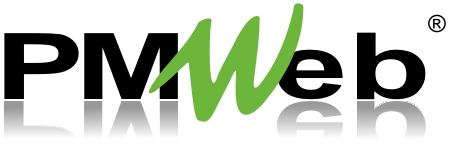 DetailsLine: This field will be automatically populated by PMWeb.
Cost Code: Select the Cost Code associated with the line item.
Description: This field will be automatically populated by PMWeb based on the cost code selected.
UOM: Select the unit of measure from the list values (only viewable if use unit cost is checked)
Quantity: Enter the quantity (only viewable if use unit cost is checked)
Unit Cost: Enter the cost of the line item (only viewable if use unit is checked)
Project Budget: Enter the the approved budget amount for that line item. This field will automatically populate the original Original Owner Budget field if your Settings are set to do so.
Funding: Click the icon under the Funding field to set funding percentages or amounts for that line item. The current funding sources will be displayed. Enter either the percentage or cost for each funding source and click save (PMWeb will automatically update either the percentage or the amount fields based on your entry). The funding field will now be populated with an amount based on values entered in the funding screen.
Uncommitted Cost: This field will be automatically populated by PMWeb based on the value entered in the project budget field.
Company: Select the company associated with the line item if applicable.
Task: Select the task associated with the line item. The options available are based on the tasks established in the schedule module.
Period: Select the budget/accounting period of the line item. The options available are configured by your Administrator in the Portfolio>Lists>Periods menu.
Start: This field will be automatically populated by PMWeb based on the task selected (based on the start date of the task). This field can also be manually populated.
Finish: This field will be automatically populated by PMWeb based on the task selected (based on the finish date of the task). This field can also be manually populated.
Curve: Select the cash flow curve (bell, linear etc.) of the line item.
Notes: Enter details regarding the line item
Location: Select the location (building 1, 2 etc.) associated with the line item. The options are configured by your Administrator in the Porfolio>Lists>Projects menu.
Once all information is entered, click Save.
Note: To hide the fields that are not in use by your organization, right click on any header. Go to columns and uncheck the fields you want to hide then click Save Layout.
| 
 User Guide
User Guide